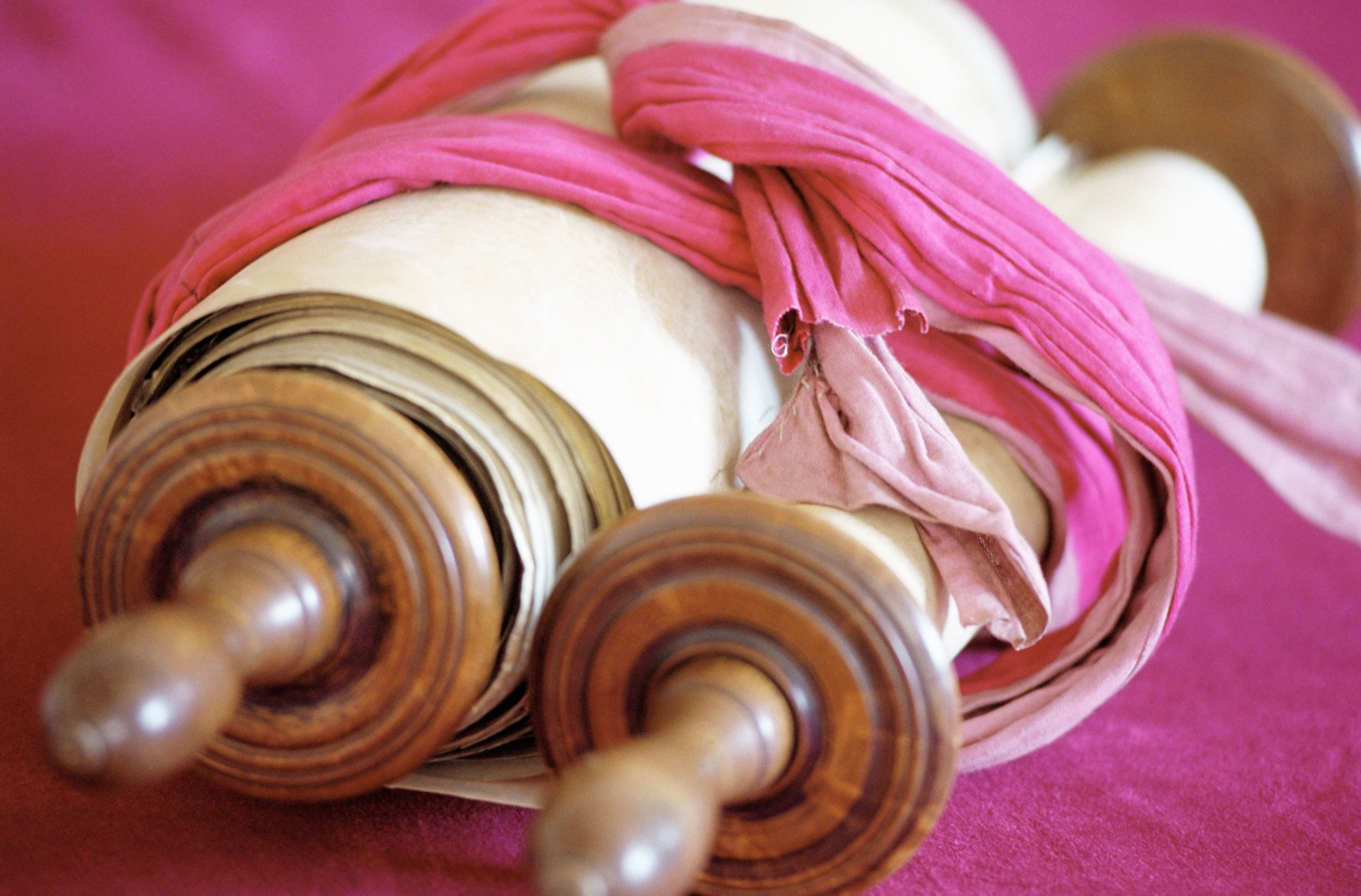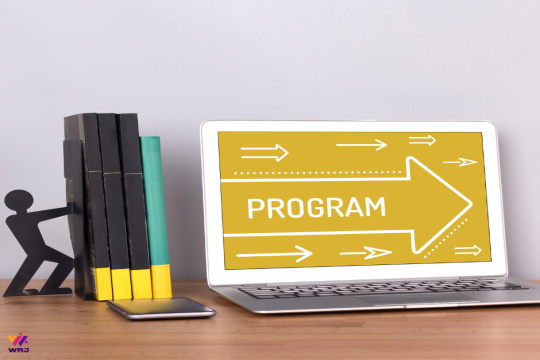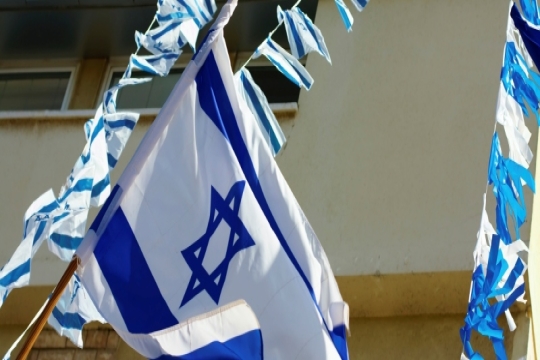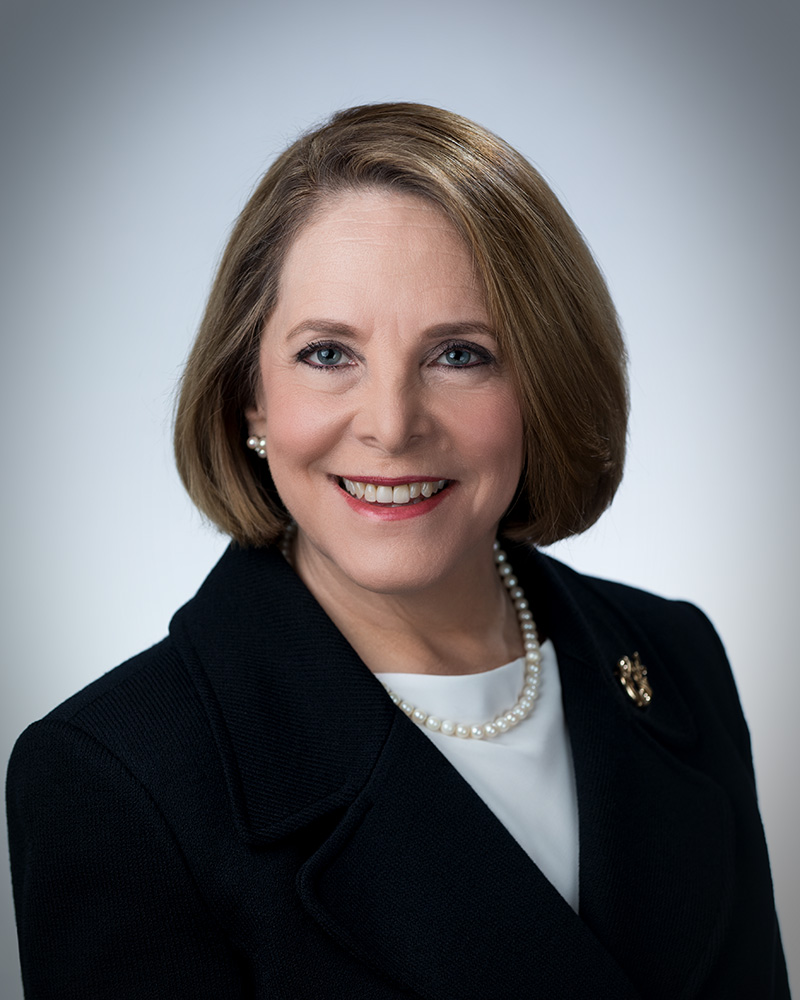
In this week’s Torah portion, Parashah Ki Tisa, Moses says to the Divine, “Oh let me behold your presence!” [Ex 33:18] The reply is, “You cannot see my face, for man may not see my face and live.” [Ex 33:20] So, why is it that even Moses, the greatest of all Jewish prophets and teachers, is permitted to see only G-d’s back?
What pushes Moses to make this request? Why does he ask this? Before FaceTime and video calls, we often spoke on the phone with people we had never seen in person (or perhaps only in a photo). We used our imagination to paint a picture of what they looked like, based on the sound of their voice. “Hmm, you sound taller on the phone,” was something I remember hearing.
So, here is Moses, a man plucked from obscurity, given an impossible task by a deity, whose presence had been in a burning bush, a pillar of smoke, clouds, and a voice atop Mt. Sinai. Why not ask to “behold” the presence, the countenance, behind the voice?
Several possibilities come to mind. Maybe G-d’s refusal is rooted in the idea that seeing the Divine would challenge the image of a genderless Being. Or, to remind us that we are all created b’tzelem Elohim, in the likeness of G-d, encouraging us to see G-d’s face behind our own each time we see our reflection. And, if we did, we would also see G-d’s face in each person we meet – and act accordingly. Rabbi Abraham Joshua Heschel taught, “We live and act according to the image of humanity we cherish.”
In Eric Bazilian’s song “One of Us,” he asks the question,
“If G-d had a face what would it look like
And would you want to see if, seeing meant
That you would have to believe in things like heaven
And in the saints, and all the prophets?”
In other words, if Moses saw G-d’s face, would that end the need to question, to challenge other elements of “the story?” In response, G-d directs Moses to stand in the cleft of a rock, shields him with his “hand,” and passes by, allowing him to “see” G-d’s back. Then, Moses sees the four aspects of the Divine presence: goodness, the Name, grace, and compassion, but this does not satisfy Moses’ desire for the visible manifestation of the Divine Presence. Moses can see what G-d does in the world, the ways and the works, but cannot see G-d’s “face.”
In my mind, this sends me right to one of my favorite lines from the musical Les Miserables, “…to love another person is to see the face of G-d.” When we love another person, we accept all of that person – what we know, along with what we don’t know. It’s a package deal – we accept their wholeness and their brokenness. We cannot see the face of the Divine, but we can see the faces of other humans. So, perhaps it is on us to perform acts of goodness, grace, and compassion in G-d’s name while holding an image of the Divine in our mind’s eye.
What is G-d telling Moses? “Yes you want to know, but you cannot. If I allow you to know all that you seek to understand, you would no longer be human. Thus, the potential for the glory that you may realize because you are b’tzelem Elohim would be destroyed.” Perhaps the challenge of being human is to learn to see the sacred in our not knowing and to find ways to uncover our potential greatness. Not knowing is not failure, rather it is at the root of our humanity.
Is this what Jewish life is? Is Jewish life how we bond as families, with friends, as a community, and as a nation, and face uncertainty together? We celebrate, we mourn. We draw inspiration and passion from the past, and devotion to ideals from the texts we’ve been studying for centuries. We learn, study, argue, and debate. We do this not because we believe that in the end we can locate truth or dispel the inability to “know,” but rather, because it is in facing that very inability to know that we confront our vulnerabilities and, therefore, our need to find and accept each other and to work to create lives of meaning.
In so many ways, this is Women of Reform Judaism’s strong suit. We create and build community amongst women. We bond over shared experiences, learning, and our commitment to the continuity of Reform Judaism – our values and mission. We are women dedicated to the covenant of Judaism and to keep the promise of that covenant throughout generations. Sisterhood enables us to pursue this mission through the collective power of women and as a force within our religious community.
Sisterhood provides the structure through which we affirm our identification with Reform Judaism and religious Jewish life and commit ourselves — as its women — to the fulfillment of that role, in synagogues and in our larger communities.
It is the motivational and educational vehicle through which we carry the values of Reform Judaism into our communities and society. It is the arena within which we give expression — as women — to the faith of Judaism: to its teachings, its practices, its holiness, and the potential of its influence upon our home and family life.
More than 100 years since our inception, the mission of Women of Reform Judaism remains the same; to take upon ourselves the covenant made with G-d at Sinai; to live by its commandments as a holy people, a "light unto the nations"; and to ensure that each succeeding generation is brought into this covenant. It is incumbent upon each of us to see G-d in our own face, and in the face of others.
As Jewel reminds us in her song, “Hands”,
We are G-d's eyes
G-d's mind
G-d's heart
We are G-d's hands.
Take a moment and look at your hands, and think of how you can use your hands to be G-d’s messenger. Look at your own reflection and see yourself as b’tzelem Elohim. Seek out that same spark of the Divine in those you love. Do good, project grace, and demonstrate compassion in your everyday interactions with others. Honor the b’tzelem Elohim in them, help them see it in your face, too.
Related Posts

Continuing to Educate and Empower People Together

My Challah-Making Experience


